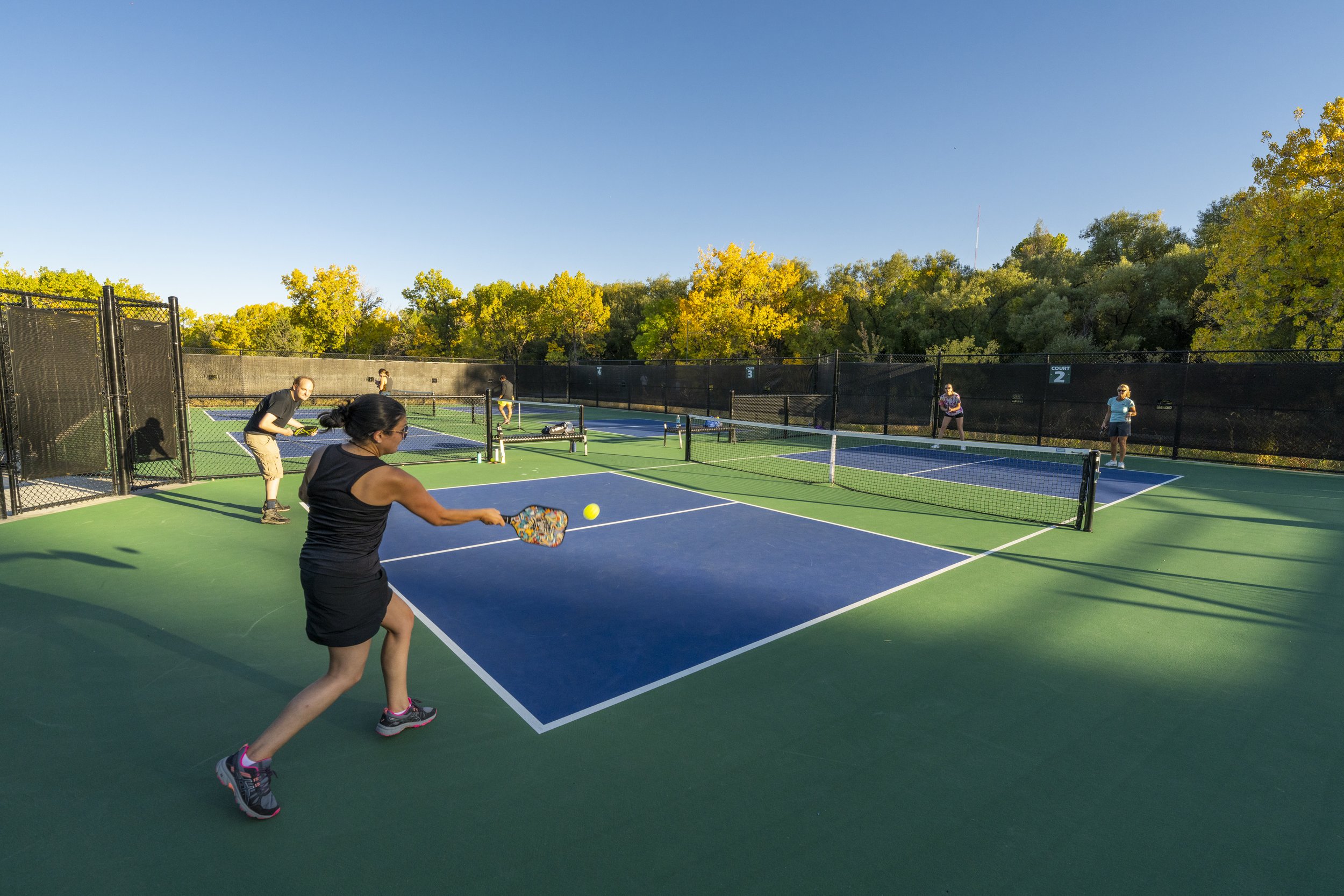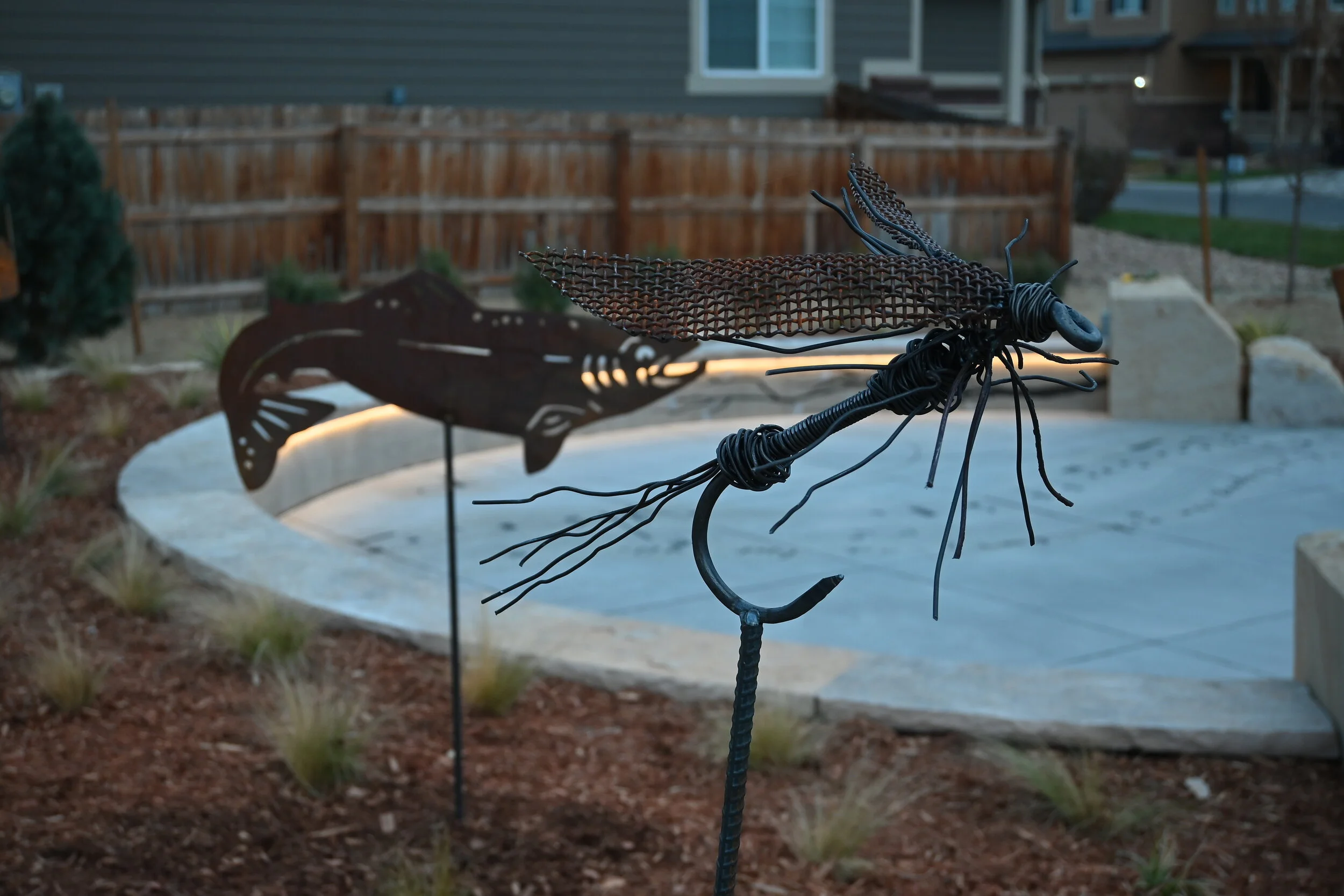Water is an important feature. It’s being re-introduced on the site, re-purposed, and used in a variety of ways as features of the park.
The Stream and its Well Water
A new well was drilled to re-introduce water, as it was a critical asset in the history of the homestead life. Well water is used to create the stream and fill the two ponds.
The stream is fed by an aquifer that is pumped to the surface and used not only as a play and aesthetic element, but also for all of the site's irrigation demand. The site is primarily covered in native grasses, but also includes some turf grass for the heavier demand events brought by the fair
Water Vault
A specially engineered vault holds well water as well as additional sourced water. About 20,000 gallons of water is stored in the vault that is located underneath the shed in the valley and constructed of poured-in-place concrete.
Ponds
There are two ponds, both roughly ten feet deep providing a natural circulation as the warmer water rises to the surface.
The lower pond is an irrigation retention storage pond. Detention water from storm and runoff bypasses the lower pond and goes directly to the detention pond at the northwest corner of the site.
The upper pond is located at the lower end of the valley, situated between several hills and swales. Its water control systems like the wetland shelf look like naturally formed features. The ‘situation basin’, designed to mitigate sediment flow, looks like a naturally created wading pool. Two sunken rock piles and sunken logs will provide perfect habitats for fish and eventually, cattails will re-populate the wetlands area.















